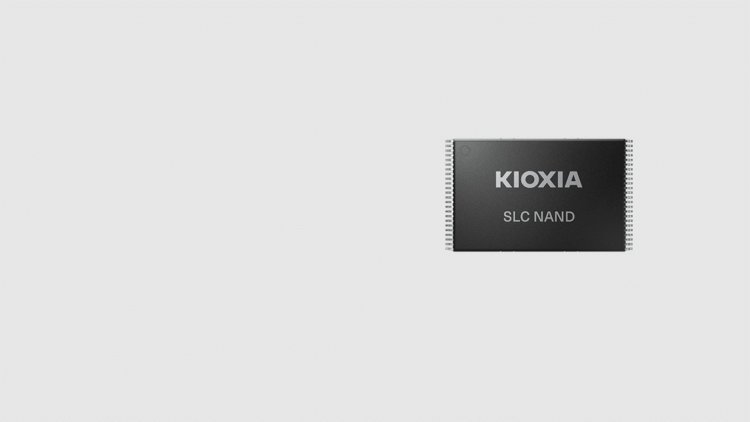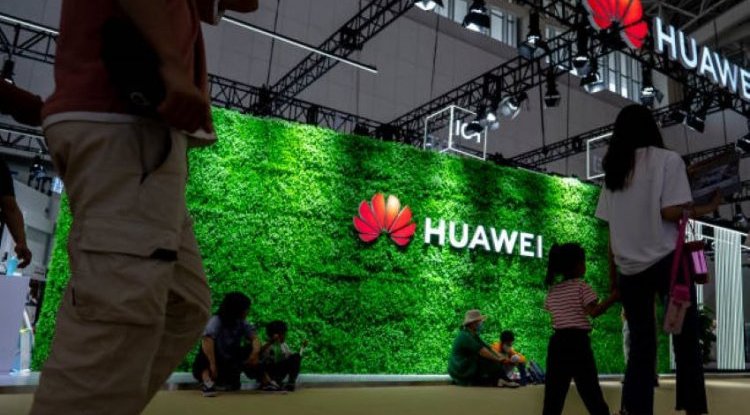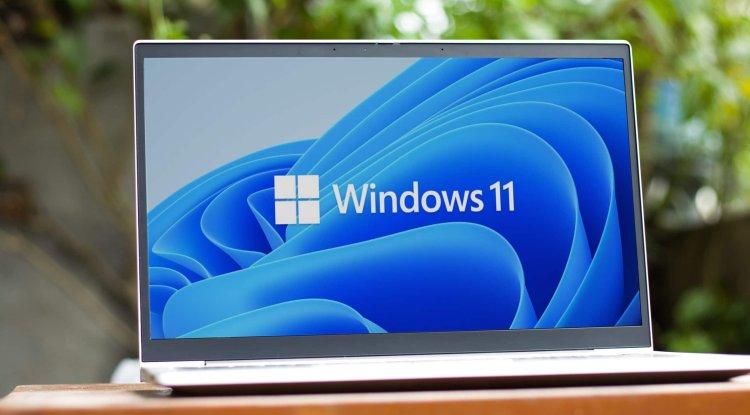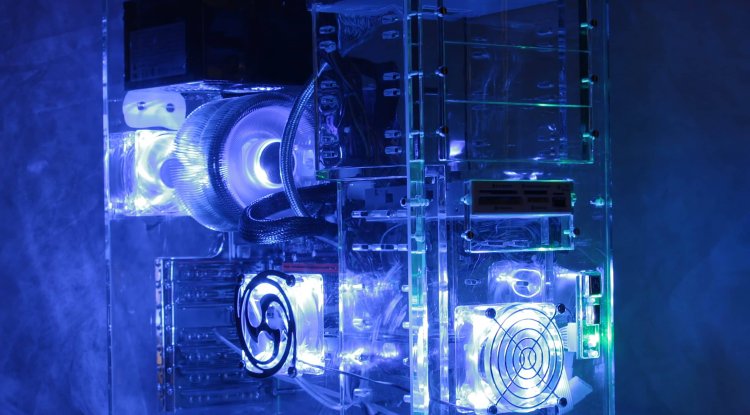The price of NAND flash memory is growing

The prices of computer components can never be stabilized, so in addition to the expected reduction in the price of graphics cards in the coming period, we will also see an increase in the prices of another component, namely NAND flash memory.
Towards the end of January this year, Kioxia (Toshiba's former data storage module division) and Western Digital suffered contamination within their manufacturing facilities. By the end of February, both manufacturers could not return to the full production capacity of computer components.
As is well known, Western Digital and Kioxia together produce more NAND memory modules than all other names in the industry and have more than a third of the market share in this segment.
During the unfortunate event in January, it is estimated that at least 6.5 exabytes of flash memory were contaminated, which will greatly affect the availability, but also the price, of 3D NAND, flash memory.
To put things in perspective, one exabyte represents 2014 petabytes, while one petabyte is a unit that contains 2014 terabytes. So, a huge amount of memory is unusable.
Precisely because of this contamination, the availability of NAND flash memory on the global market has dropped significantly, which will lead to a price increase of 5 to 10 percent during the second quarter of this year. At the moment, Western Digital and Kioxia mostly produce SSDs and eMMC components.
According to the executive director of the company Phison, which produces controllers for NAND flash memory chips, he said that the problems in this segment will be felt the most in mid-May and that price increases will last until the end of June.
On the other hand, computer manufacturers have also reduced the number of orders for these memory modules due to a combination of rising prices and reduced availability.
Currently, the target dates for the delivery of NAND flash memory modules have been extended by Kioxia and Western Digital. On the other hand, customers are turning to other companies like Samsung to make up for the shortfall.
In the end, according to Expreview, according to TrendForce, the prices of eMMC and SSD modules will continue to grow up to a maximum of 10%. Which is to say, no way to get to the green branch.





























